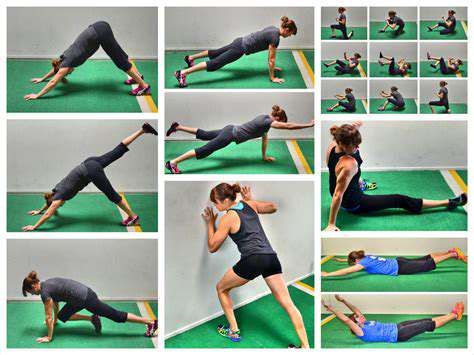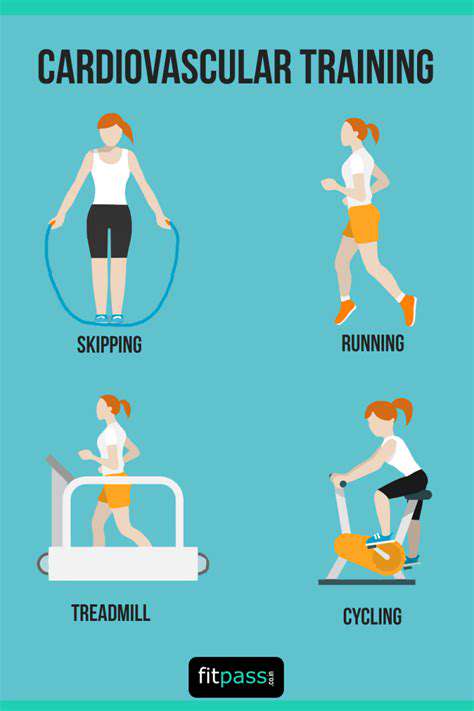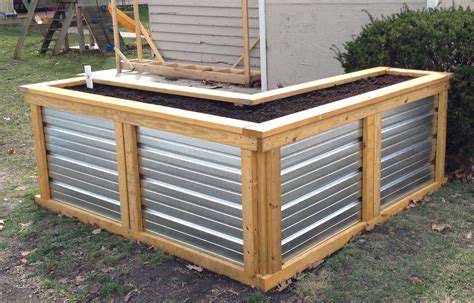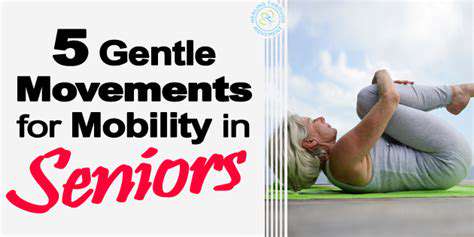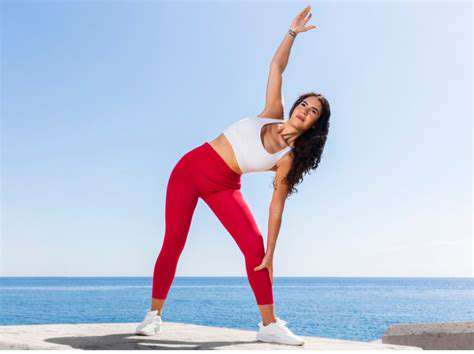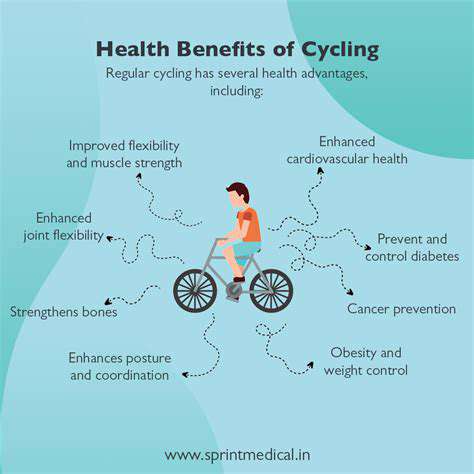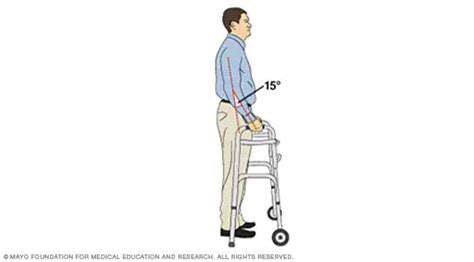Gentle Exercises You Can Do While Gardening
Gardening Activities as Low-Impact Exercises
Planting Seeds and Transplants
Planting seeds and transplanting seedlings demands patience and a delicate touch, activating muscles in your arms, hands, and back without strain. The rhythmic process of creating small indentations, positioning each seedling with care, and covering roots with nutrient-rich earth becomes a meditative exercise in mindfulness. This activity not only nurtures plants but also cultivates your fine motor skills, with each precise movement strengthening hand-eye coordination. Many gardeners report improved dexterity after regular planting sessions.
These repetitive motions create a natural flow that gently warms muscles. Unlike gym workouts, you'll find yourself completely absorbed in the task while your body benefits from continuous, low-intensity movement. The fresh air and connection with living plants add therapeutic value that treadmill sessions simply can't match.
Weeding and Cultivating
What many consider chores actually serve as excellent physical therapy. When removing unwanted plants, your body naturally engages core muscles to maintain balance while bending, creating an isometric workout that protects your spine. The satisfying pull of roots from moist earth works multiple muscle groups simultaneously - your legs provide stability, arms apply controlled force, and back muscles maintain proper posture. This full-body engagement occurs at a pace your cardiovascular system can comfortably maintain.
Watering Plants
This daily ritual offers more benefits than meets the eye. Lifting watering cans or maneuvering hoses builds shoulder endurance, while the pouring motion strengthens wrists and forearms. Conscious gardeners find themselves automatically correcting posture - standing tall to reach hanging baskets, or squatting properly to water ground covers - turning a simple task into a posture workshop. The predictable rhythm of watering creates a moving meditation that reduces stress hormones while gently elevating heart rate.
Pruning and Shaping
Garden shears become fitness tools when you understand their dual purpose. Each precise cut requires controlled force application, developing hand strength that carries over to everyday activities like opening jars or carrying groceries. The concentration needed to make proper pruning decisions engages your brain while your body works, creating a mind-body connection similar to tai chi. Many physical therapists recommend pruning exercises for arthritis patients because the motions maintain joint flexibility without impact.
Mulching and Composting
These soil-building activities double as functional fitness routines. Hauling wheelbarrows or bags of mulch provides resistance training, while the twisting motions of spreading material work your obliques. Turning compost piles becomes a dynamic core workout as you engage multiple muscle groups to aerate the mixture. The varied movements in these tasks mimic expensive functional fitness classes, but with the added reward of creating rich growing medium for your plants.
Harvesting and Enjoying Your Produce
The culmination of your efforts delivers both nutrition and natural exercise. Reaching for ripe tomatoes high on vines stretches your shoulders, while squatting to pick beans maintains hip flexibility. The joyful activity of gathering your bounty keeps you moving without conscious effort, proving that exercise doesn't require special equipment or clothing - just a connection to the earth and appreciation for its gifts.
